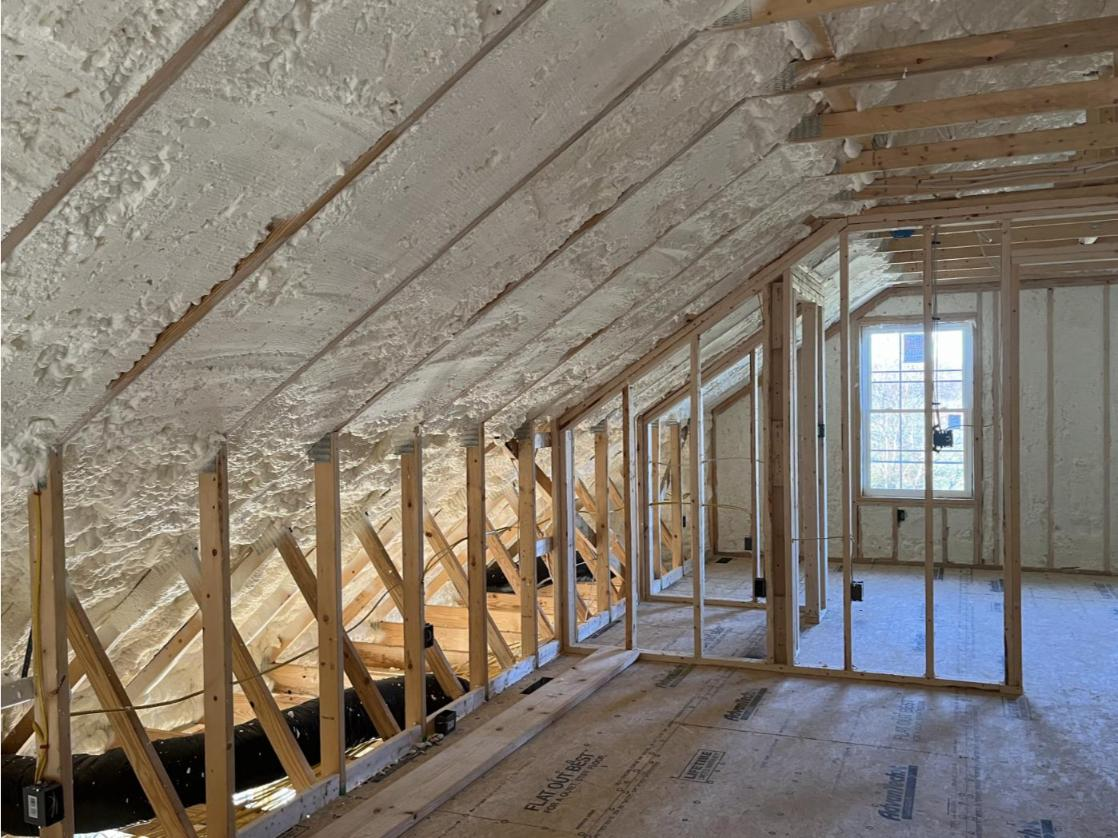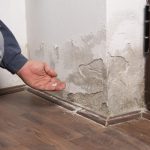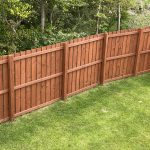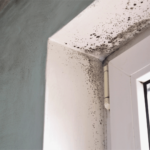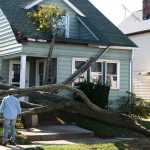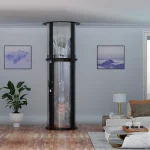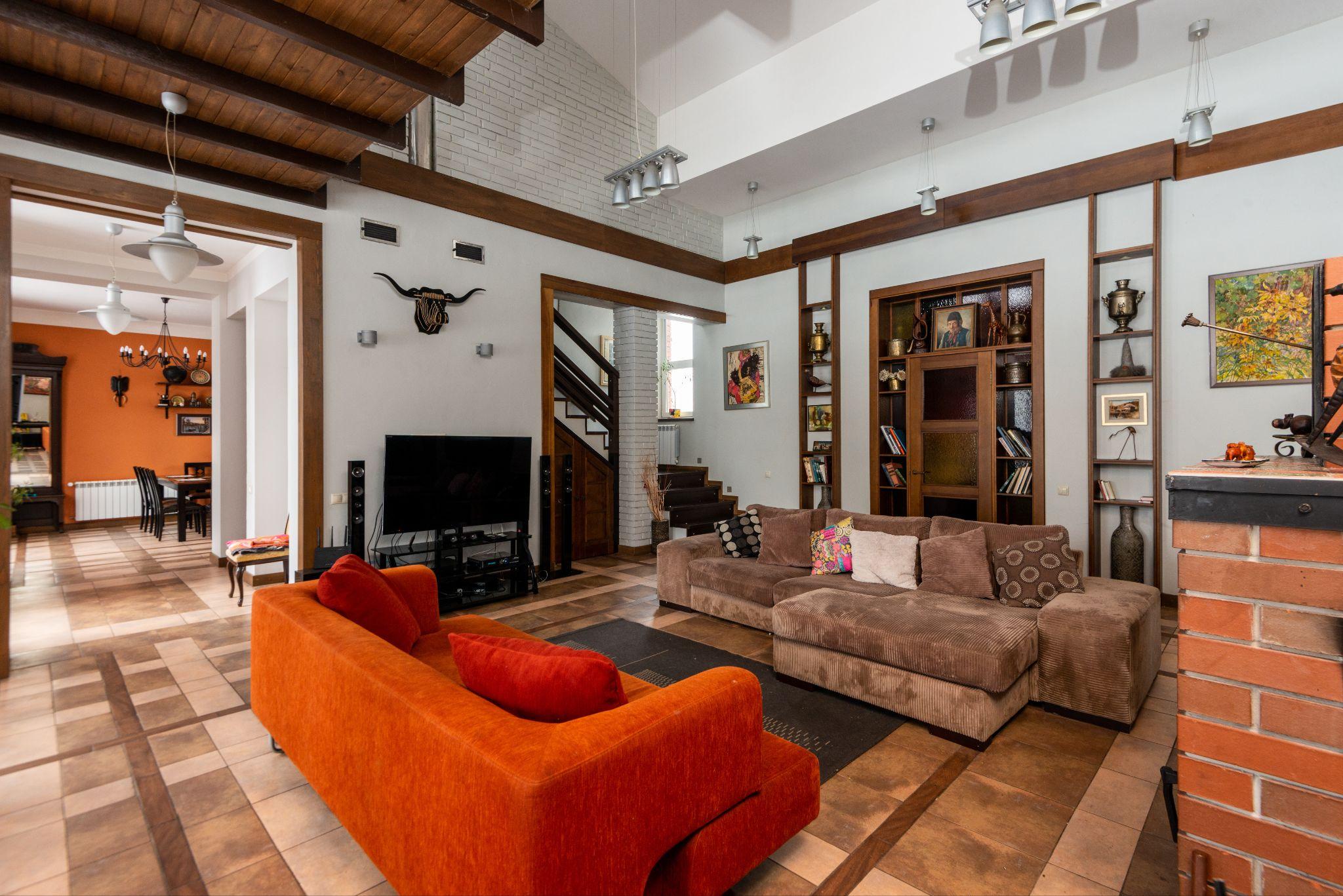Attic insulation is a vital component of maintaining an energy-efficient home. Attics are often a major source of heat loss, as they contain various openings such as vents, chimneys, and air ducts that can lead to air leakage. Insulating your attic is a practical and effective way to prevent air from escaping during cold weather and reduce the intake of hot air in warmer months. Insulating your attic not only helps to increase your home’s value, but it can also save you money and improve overall comfort. Here, we’ll explore the key benefits of attic insulation and answer common questions about the process.
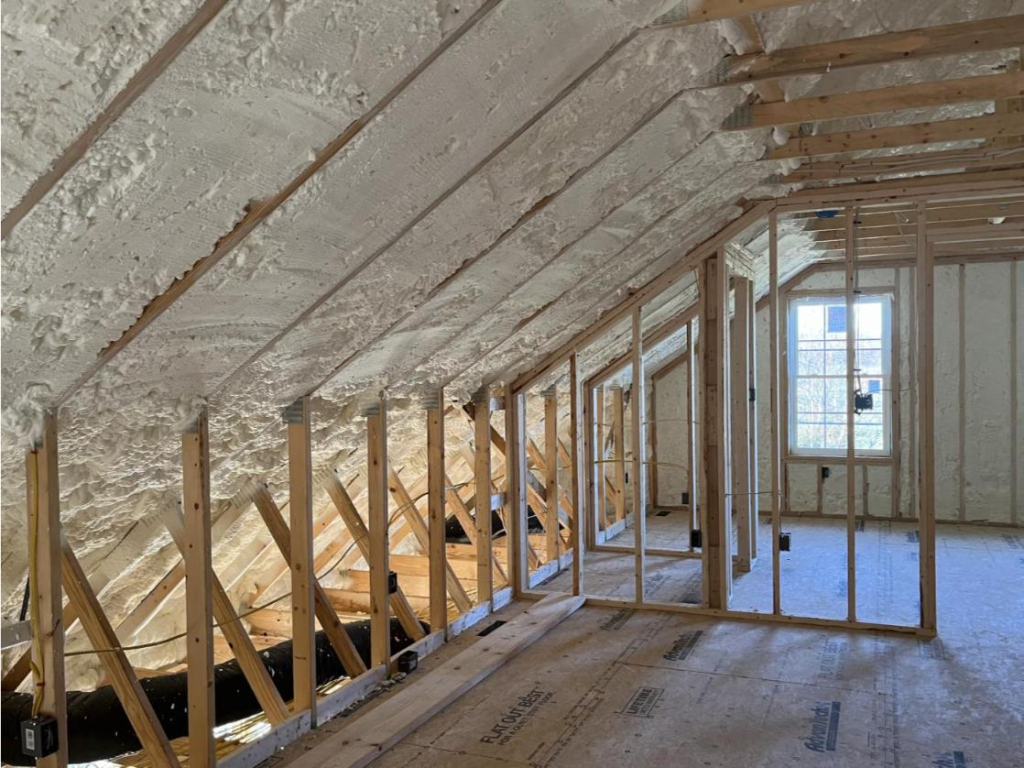
Content
What Are the Benefits of Insulating the Attic?
One of the most significant benefits of attic insulation is the potential to save on energy costs. Insulation helps prevent temperature fluctuations in your home by blocking drafts and minimizing air leaks. These temperature shifts can make your home uncomfortable and result in inconsistent room temperatures, often forcing you to adjust your thermostat frequently. The more you adjust the thermostat, the more energy you use, leading to higher monthly heating and cooling costs. Proper attic insulation helps stabilize the indoor temperature, ensuring you don’t have to pay extra for excess heating or cooling.
Attic insulation also plays a crucial role in preventing weather-related damage, especially in colder climates. For example, in snowy areas, insulation can help stop the formation of ice dams on your roof. Without attic insulation, heat from your home rises through the attic and melts the snow on the roof. This melting water then runs down and refreezes at the edge of the roof, forming an ice dam that blocks water from draining properly. This trapped water can cause severe leaks and damage to your roof, attic, insulation, and even the walls of your home. Installing insulation in your attic can help prevent this issue, saving you from costly repairs.
In addition to technical advantages, attic insulation improves your daily living experience. Extreme temperature swings can lead to discomfort, affecting your sleep, energy levels, and concentration. Insulation helps maintain a stable temperature, making your home a more comfortable place to live and improving overall quality of life for everyone in the household.
What Is the Best Insulation for Attics?
When it comes to choosing attic insulation, there isn’t a one-size-fits-all solution. Different materials offer various benefits, and the ideal choice depends on your home’s architecture, budget, and energy needs. Each insulation material is assigned an R-value, which measures its ability to resist heat flow. The higher the R-value, the more effective the insulation is at retaining heat.
There are two main types of attic insulation: loose-fill and batt (or blanket).
- Loose-fill insulation consists of fibers that are blown into the attic using special equipment. Common materials for loose-fill insulation include cellulose, fiberglass, and mineral wool. This type is ideal for attics with irregularly spaced joists, obstructions, or low clearance. It’s also a cost-effective option for those looking to add insulation over existing material.
- Batt insulation comes in pre-cut rolls of material made from fiberglass, cellulose, mineral wool, or cotton. This insulation type is best suited for large attics or those with regularly spaced joists.
There are also less common methods, such as spray foam insulation and insulated panels, which are more specialized and often require professional installation. Spray foam is particularly effective for creating airtight seals and filling hard-to-reach areas, while insulated panels provide strong insulation with a high R-value but are generally more expensive.
Ultimately, the best insulation method for your attic depends on your budget, the specific needs of your home, and whether you plan to install the insulation yourself or hire a professional.
What Is the Average Cost of Attic Insulation?
The cost of attic insulation varies depending on the materials you choose and the size of your attic. On average, you can expect to pay between $1 and $7 per square foot, translating to a total project cost between $500 and $4,000. Smaller attics tend to be less expensive to insulate, while larger attics with complex structures may incur higher costs. The price also depends on whether you opt for DIY installation or hire professionals, with labor costs adding to the overall expense.
While attic insulation may represent an upfront investment, it is an affordable project in the long run when you consider the energy savings and potential increase in home value.
Is Insulating My Attic Worth the Investment?
Despite the initial cost of insulation, this project can save you money over time by significantly reducing your heating and cooling bills. The energy savings can be particularly noticeable if you live in areas with extreme temperatures. Proper insulation can last for decades, with most types having a lifespan of 80 to 100 years. However, realistically, attic insulation will require replacement or maintenance every 15 to 30 years, depending on the material and environmental conditions.
Attic insulation is one of the most cost-effective home improvement projects, with a return on investment (ROI) that often exceeds 100%. In fact, insulation frequently ranks as the home renovation with the highest ROI. By improving energy efficiency and comfort, insulating your attic is a wise investment for both current savings and long-term value.
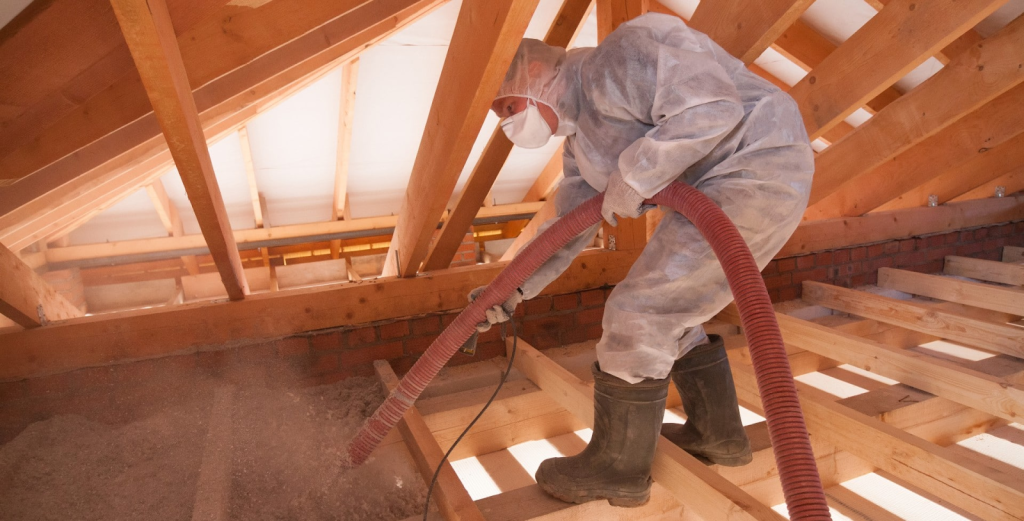
Should Both the Attic Floor and Ceiling Be Insulated?
For the best energy efficiency, both the floor and ceiling of the attic should be insulated. This comprehensive insulation reduces heat loss and enhances the overall performance of your home’s energy systems. However, if budget constraints prevent you from insulating both the floor and ceiling at once, start with the attic floor. Insulating the floor first can significantly reduce heat loss, making it a good starting point for many homeowners. If possible, also consider sealing air ducts, as this step can further improve energy efficiency. Duct sealing is generally a specialized task best left to professionals.
What Are the Costs of Attic Insulation Removal?
Removing old insulation from your attic is a labor-intensive process that should be performed by professionals. It involves not only removing the old material but also ensuring that any hazardous waste is disposed of properly. The cost of attic insulation removal typically ranges from $1 to $2 per square foot. Depending on the size of your attic and whether additional services like electrical inspections are needed, removal costs can range from a few hundred dollars to several thousand.
How Long Does Attic Insulation Last?
The lifespan of attic insulation depends on the material used and the conditions it’s exposed to. While some types of insulation, such as loose-fill or batt materials, can last up to 100 years, they typically lose effectiveness over time. In practice, most attic insulation lasts between 15 to 30 years before requiring maintenance or replacement. It’s important to check your insulation periodically for issues such as moisture damage, mold, or wear. Early detection of problems can help extend the life of your insulation and prevent costly repairs.
Will Insulating My Attic Make My House Warmer?
Yes, insulating your attic will make your home warmer in cold weather. Insulation prevents heat from escaping through the attic, keeping it trapped within the lower levels of your home. This means that during the winter months, your home will stay warmer, and your heating system won’t have to work as hard.
In the summer, attic insulation also keeps hot air from entering the home, helping to maintain a cooler indoor temperature. This double-duty insulation not only enhances comfort but also reduces the need for excessive heating or cooling, leading to energy savings year-round.
How Much Can I Save in Energy Costs by Insulating My Attic?
On average, insulating your attic can save you up to 20% on heating and cooling costs. By sealing air leaks and insulating floors, crawl spaces, and attics, homeowners can reduce their overall energy bills by up to 10%. These savings can add up quickly, making attic insulation a worthwhile investment for most homeowners. Additionally, attic insulation increases the value of your home, providing a high return on investment when it comes time to sell.
Attic insulation is a crucial home maintenance task that offers long-term benefits in energy efficiency, comfort, and property value. By choosing the right insulation for your attic and staying on top of maintenance, you can enjoy a more comfortable, energy-efficient home for many years to come.

Christine Kelley is a dedicated home blogger who has been blogging for over six years. She covers everything home related. Christine also loves writing posts about her travels to Europe with her husband and two children.

